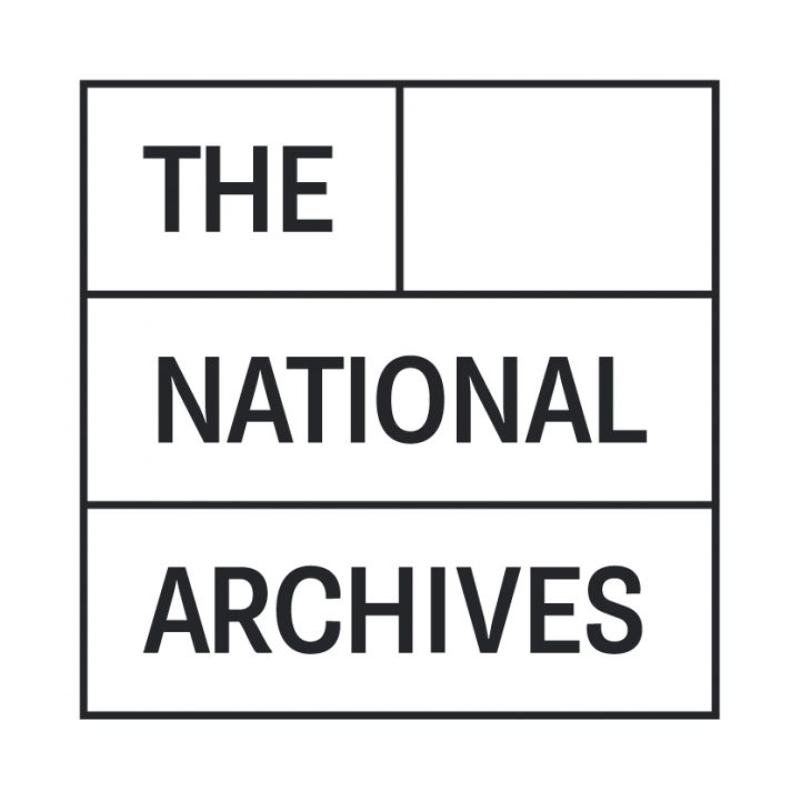Find your Infamous Ancestors
These records cover wanted persons, absentees and deserter records in TheGenealogist’s latest release
Over 56,000 individuals and 20,802 further aliases from The Police Gazette have been released by TheGenealogist covering the years 1901, 1911, 1921 and 1931 and are now available to Diamond subscribers in their Court and Criminal Records Collection.
Searchable by name, alias, offence among other keywords, these records have been transcribed by volunteers from UKIndexer to provide an effective resource for discovering descriptions of our wayward ancestors.
MEPO 6 on TheGenealogist includes the Police Gazette for 1901, 1911, 1921 and 1931
These newly released Police Gazette records (sometimes known to researchers by its historic name of Hue and Cry) are a part of the MEPO 6 criminal records on TheGenealogist that also include Habitual Criminals Registers and Miscellaneous Papers.
The images of the pages from the Police Gazette publication on TheGenealogist were originally published by the Metropolitan Police and circulated to Police forces in the British Isles. They include a number of portraits of the offenders and always give descriptive written details of the individuals. Expect to see the names of persons charged who were known but not in custody, and also the description of those who were not known, their appearance, dress, and every other mark of identity that could help identify the person. Also included in the Police Gazette were the names of accomplices and accessories, with every other particular that may lead to the apprehension of the individuals.
Wanted for Theft and Desertion
Sections of the Police Gazette were devoted to “Deserters and Absentees” from the military and those “Discharged for Misconduct”. These provide interesting details about ancestors missing from the Army and the Navy. As an example we can find Albert Eyre, 45, a Colour-sergeant in the 1st Battalion Royal Rifles Reserve Regiment. He appears firstly in the alphabetical list on the front page of “Deserters and Absentees from Her Majesty’s Service” in January 1901.
Albert Eyre in the portraits of persons wanted and list of Deserters and Absentees from the Police Gazette
Eyre then warrants several mentions, including a photograph of him, on the inside pages of subsequent editions. He had by then also become wanted, along with a female accomplice, by Portsmouth Police for “Stealing a considerable amount of Money.” The fugitive was described as: age 45, height 5 ft. 5 in., complexion sallow, hair brown, moustache and imperial dark, eyes grey; dress, black overcoat, dark suit, grey cap.
We can read that he had left Portsmouth accompanied by an unnamed woman whose unflattering description is also published: age 23 (looks older) height 5ft. 5 in., stout build, complexion sallow, hair (short) dyed auburn colour, 1 front tooth deficient.
TheGenealogist has an extensive Court and Criminal Records collection that can be used to discover trouble-making ancestors that include the MEPO 6 records that embrace Registers of Criminals as defined by sections 5-8 of the Prevention of Crimes Act 1871, with examples of the Police Gazettes.
Read TheGenealogist’s featured article where a search of the MEPO 6 Criminal Records discovers female gang leaders known as the Queen of the Forties: https://www.thegenealogist.co.uk/featuredarticles/2023/the-queens-of-the-forties-1683/





